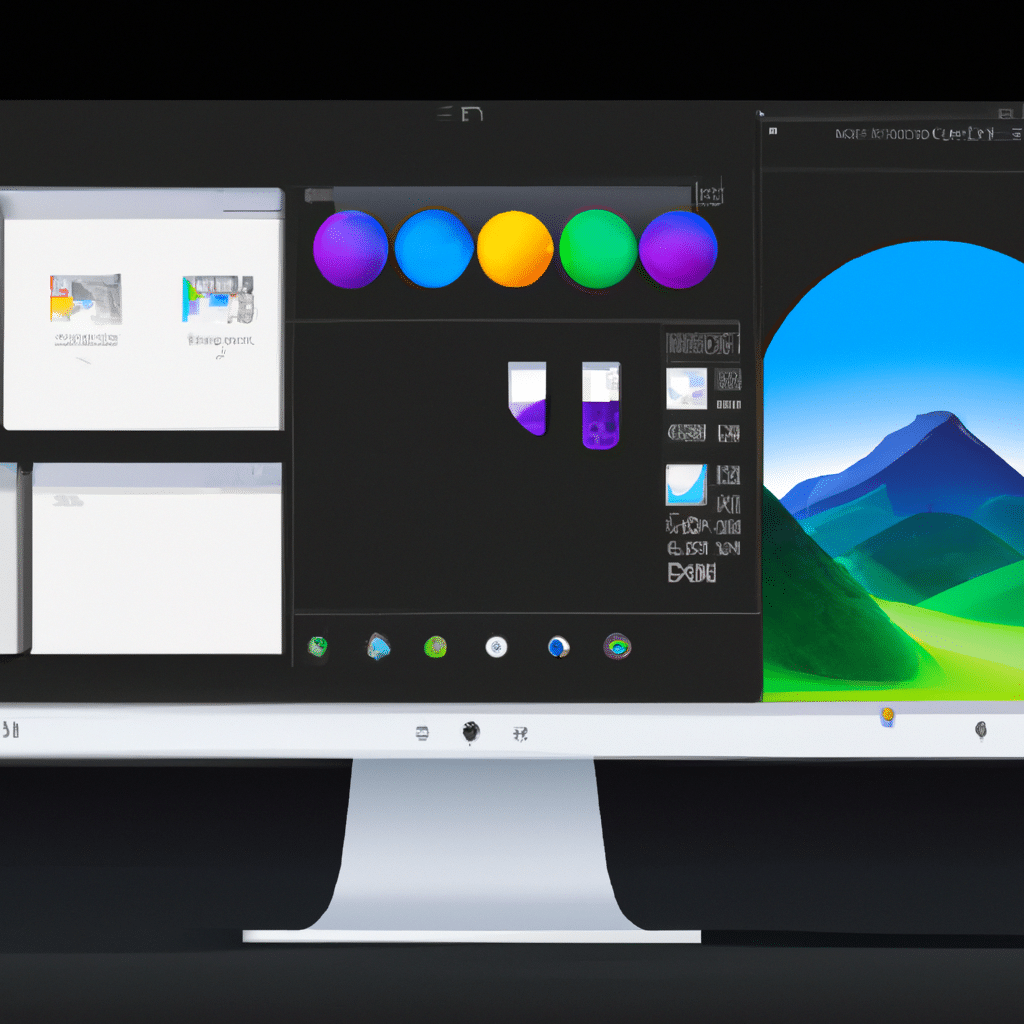As a graphic designer, choosing the right operating system (OS) is crucial to achieving your desired results. The operating system you choose will determine the software you can use and the level of performance you can achieve. In this article, we will discuss the top operating systems for graphic designers, their features, and why they are the best.

1. macOS
macOS is the operating system used by Apple computers. It is a popular choice among graphic designers due to its user-friendly interface, reliability, and performance. macOS is known for its seamless integration with Adobe Creative Suite, which is essential software for graphic designers. The operating system also offers a built-in color management system, which ensures accurate color representation on your screen.
One of the primary benefits of macOS is its optimized hardware. Apple computers are designed to work seamlessly with macOS, which means that you can expect a smooth and efficient performance. This is particularly important for graphic designers who work on large files and require high-performance machines.
2. Windows
Windows is the most widely used operating system in the world. It is a popular choice among graphic designers due to its compatibility with a wide range of software, including Adobe Creative Suite. Windows also offers a range of customization options, allowing you to personalize your computer to your specific needs.
One of the primary benefits of Windows is its affordability. Windows computers are available at a range of price points, making it accessible to designers on a budget. However, it is important to note that the performance of Windows machines can vary based on the hardware specifications.
3. Linux
Linux is an open-source operating system that is free to use and modify. It is a popular choice among graphic designers due to its stability and security. Linux is known for its flexibility and customization options, allowing you to tailor your computer to your specific needs.
One of the primary benefits of Linux is its reliability. Linux is known for its robust performance, which means that you can expect a stable and efficient system. However, it is important to note that Linux can be more challenging to use than macOS or Windows, particularly if you are not familiar with the command line interface.
4. Chrome OS
Chrome OS is an operating system designed by Google. It is a lightweight and affordable option that is ideal for graphic designers who work primarily online. Chrome OS is known for its speed and simplicity, making it a popular choice among designers who prioritize efficiency.
One of the primary benefits of Chrome OS is its integration with Google’s suite of applications, including Google Drive and Google Docs. This makes it easy to collaborate with clients and colleagues online. However, it is important to note that Chrome OS has limited offline capabilities, which may be a drawback for some designers.
5. iOS
iOS is the operating system used by Apple’s mobile devices, including iPhones and iPads. It is a popular choice among graphic designers who work on the go, as it allows them to stay connected and productive from anywhere. iOS is known for its user-friendly interface and seamless integration with other Apple devices.
One of the primary benefits of iOS is its compatibility with a range of design apps, including Adobe Creative Suite and Procreate. This allows designers to work on their projects even when they are away from their desktop computers. However, it is important to note that iOS devices may not offer the same level of performance as desktop computers.
Conclusion
Choosing the right operating system is essential for achieving the best results as a graphic designer. Each of the operating systems we have discussed has its unique features and benefits. Ultimately, the right choice will depend on your specific needs and preferences. Whether you choose macOS, Windows, Linux, Chrome OS, or iOS, make sure to consider the hardware specifications and software compatibility to ensure a smooth and efficient performance.












